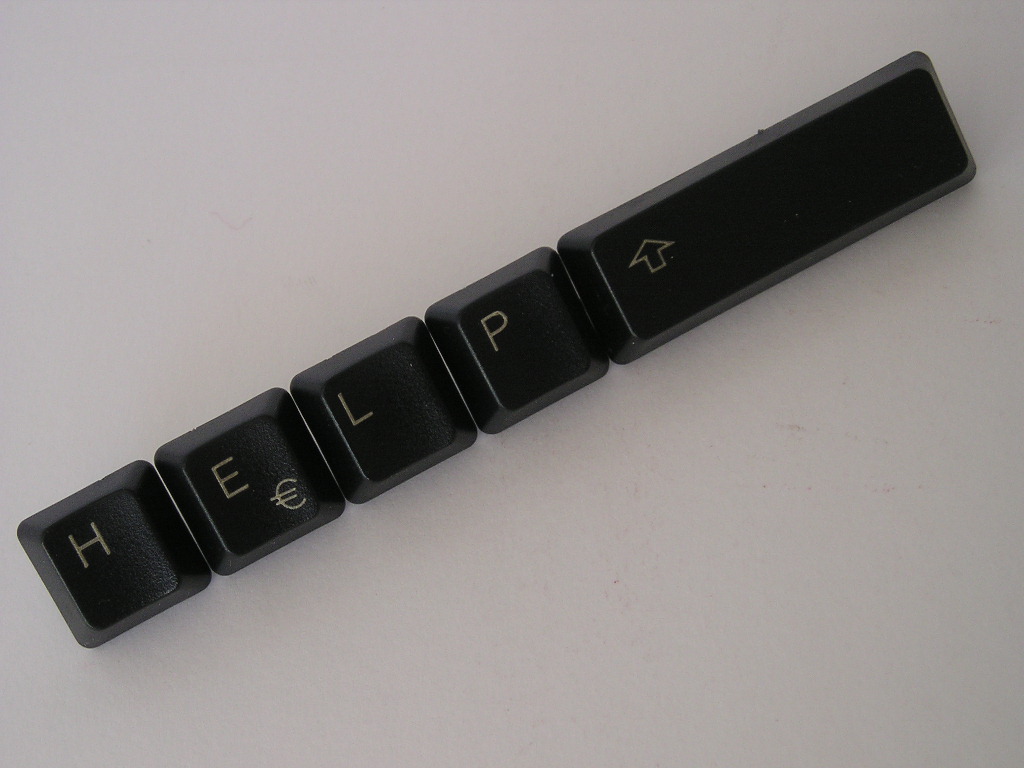
17 Apr The truth behind permanent insurance
Photo: alvimann/morguefile.comQ. I know how term life insurance works. What are the differences among the permanent policies that are for sale?
— Trying to learn
A. There are really only two types of life insurance: term and whole life.
That’s it.
Term is temporary, eventually will expire and/or the rates increase at some point where it almost makes no sense to keep the policy in force, said Ed Gaelick, a Chartered Life Underwriter and Chartered Financial Consultant with PSI Consultants in Glen Rock.
Term also has no value unless you die.
Whole life, in contrast, is good for as long as you want to keep the coverage. Premiums are contractually fixed at time of issue so there are no premium increases, Gaelick said.
“You build cash value while alive,” he said. “Since the premium difference between term and whole life is vast, many that would otherwise want `permanent’ protection, will purchase term.”
You are right that there are different kinds of whole life products.
Gaelick said in the late 1970s when interest rates were around 15 percent, a “hybrid” type policy was introduced to the market called Universal Life (UL).
He said if a term premium was $500 and whole life was $5,000, UL was priced at $2,500, making UL attractive to those who wanted permanent coverage.
“UL was also marketed as permanent, yet the contract was built on a `term chassis,'” he said. “This meant the internal cost of the insurance actually increased, even though the insured didn’t see it since they were paying $2,500 regardless.”
In essence, Gaelick said, the carrier would pay the insurance cost from the premium and deposit the difference in some new money account. For example, with a first year premium of $2,500 premium, $500 might be the cost of insurance and the remaining $2,000 would be put into a cash account in the insured’s name.
“As a person got older, the cost of the insurance increased and the amount deposited to the cash account is less each year,” he said. “Eventually, the cost of coverage equaled the premium, so zero was put into the account, and then when the cost of coverage exceeded the premium, the carrier withdrew money from the account.”
At a projected 15 percent interest rate, this worked very nicely into the future. But, Gaelick said, the fatal flaw was that interest rates came down to 4 percent and the gains on the cash account were not enough to subsidize future premiums.
“Over time those policies self destructed and the insured was left paying a lot more or letting the plan lapse,” he said.
When mutual funds became very popular, Variable Life (VL) was introduced.
With VL, the structure is the same as UL — the contract built on a term chassis — but the extra money is put into mutual funds chosen by the insured or owner.
“So interest risk turns into market risk,” Gaelick said. “And again, unless the funds perform very well consistently over time, the plan will eventually self destruct.”
The industry has created hybrids of hybrids and introduced many other plan types such as flexible life, flexible adjustable life, adjustable life and more, Gaelick said.
“Carriers have also improved the original UL and VL products,” he said. “However, in my opinion, there is no substitute for pure whole life.”
Email your questions to Ask@NJMoneyHelp.com.
This post was initially published in April 2017.
NJMoneyHelp.com presents certain general financial planning principles and advice, but should never be viewed as a substitute for obtaining advice from a personal professional advisor who understands your unique individual circumstances.
